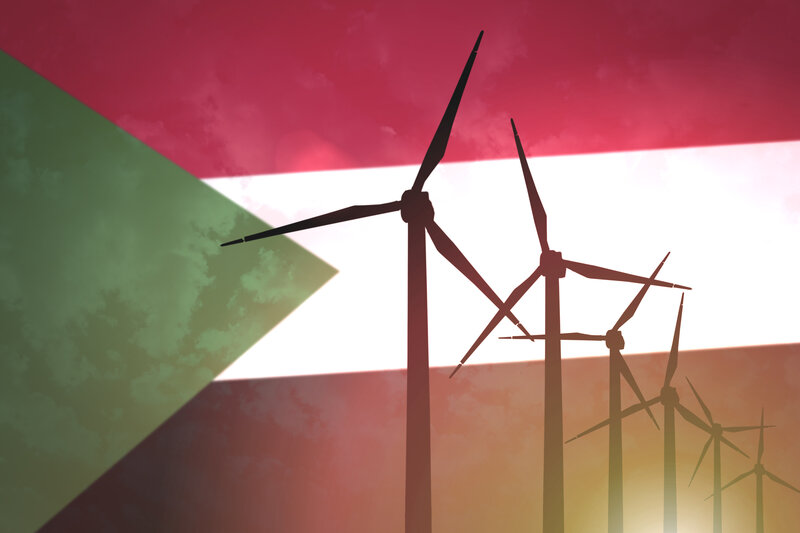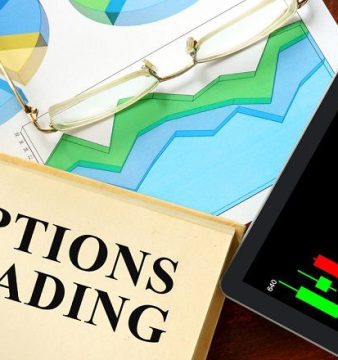The Future of Renewable Energy in Sudan

Sudan is rich in renewable energy sources, including solar, wind and water. Despite this, the country has yet to fully exploit these resources due to a lack of investment in renewable energy infrastructure and a lack of awareness among Sudanese citizens about the benefits of renewable energy.
The potential for renewable energy in Sudan
Renewable energy has great potential in Sudan. The country is rich in solar, wind and water resources, and there is plenty of interest among Sudanese citizens in renewables.
As per the latest International Renewable Energy Agency (IRENA) statistics report on Sudan published in 2019, the country’s renewable energy mix was overwhelmingly bioenergy (84%) and Hydro/marine (16%).
There is great potential in Sudan for further expansion of renewable energy into wind and solar. Sudan has great potential for solar radiation, making it a prime location for renewable energy. The Solar Atlas shows that the Country has photovoltaic power potentials ranging between 1600 to 2050+ Kwh, making it a high potential location in the world for solar power.
The first wind turbine in Sudan was completed in 2021, with enough energy to power 14,000 people and with moderate winds, more so in Darfur, The Northern State and the Red Sea coast with wind speeds at 50m height reaching up to 7.1 m/s. There is still more potential for wind power installations across Sudan.
Renewable energy is an important part of Sudan’s future, and solar power is the most promising form of renewable energy in the country. Solar radiation is plentiful in Sudan, making it a prime location for solar power installations. Additionally, wind speeds are high enough in some areas to make wind power a viable option. If renewables are to play a major role in Sudan’s future, solar and wind have high potential for success in Sudan.
Obstacles to the adoption of renewable energy in Sudan
There are a few main obstacles to the adoption of renewable energy in Sudan. The first is a lack of investment in renewable energy infrastructure. Like most countries around the world, a great deal of money is still being invested in oil and gas, even though renewables offer a much more sustainable option. Another obstacle is a lack of awareness among Sudanese citizens about the benefits of renewable energy and saving energy. Many people are unaware that renewables can help reduce poverty and create jobs, for example. Finally, there are also political obstacles to the adoption of renewables, as the government tends to favour oil and gas investments over renewables. Despite these obstacles, however, there is growing momentum behind renewables in Sudan.
UNDP’s Roadmap for Sudan
UNDP’s 2020 report entitled Empowering Sudan: Renewable Energy Addressing Poverty and Development provides a comprehensive guide to the future of renewable energy in Sudan. The roadmap focuses on four key areas: increasing access to energy, improving energy efficiency, diversifying the energy mix and promoting renewable energy.
Access to energy is a major challenge in Sudan. Approximately two-thirds of the population do not have access to electricity and relies on wood and other biomass for cooking and heating. This has resulted in high levels of indoor air pollution, which is a leading cause of death in Sudan. The roadmap sets out a number of actions to increase access to energy, including expanding the national grid, promoting off-grid solutions and providing support for community-based energy projects.
Improving energy efficiency: Sudan has one of the lowest levels of energy efficiency in the world. This is due to a number of factors, including a lack of awareness of energy efficiency measures, outdated equipment and poor building standards. The roadmap sets out a number of actions to improve energy efficiency, including developing a national energy efficiency strategy, retrofitting buildings and promoting the use of efficient appliances.
Diversifying the energy mix: Sudan currently relies heavily on fossil fuels for its energy needs. This has resulted in high levels of air pollution and greenhouse gas emissions. The roadmap sets out a number of actions to diversify the energy mix, including promoting the use of renewable energy, developing a national renewable energy strategy, and increasing investment in research and development.
Promoting renewable energy: Sudan has great potential for the development of renewable energy, including solar, wind and hydropower. However, the country currently has very low levels of renewable energy use. The roadmap sets out a number of actions to promote renewable energy, including developing a national renewable energy policy, increasing investment in research and development, and providing support for community-based renewable energy projects.

Adam Roper s a engineer with a passion for all things renewable energy, sustainability and off grid living and likes to write about all the possibilities these bring all over the world.




